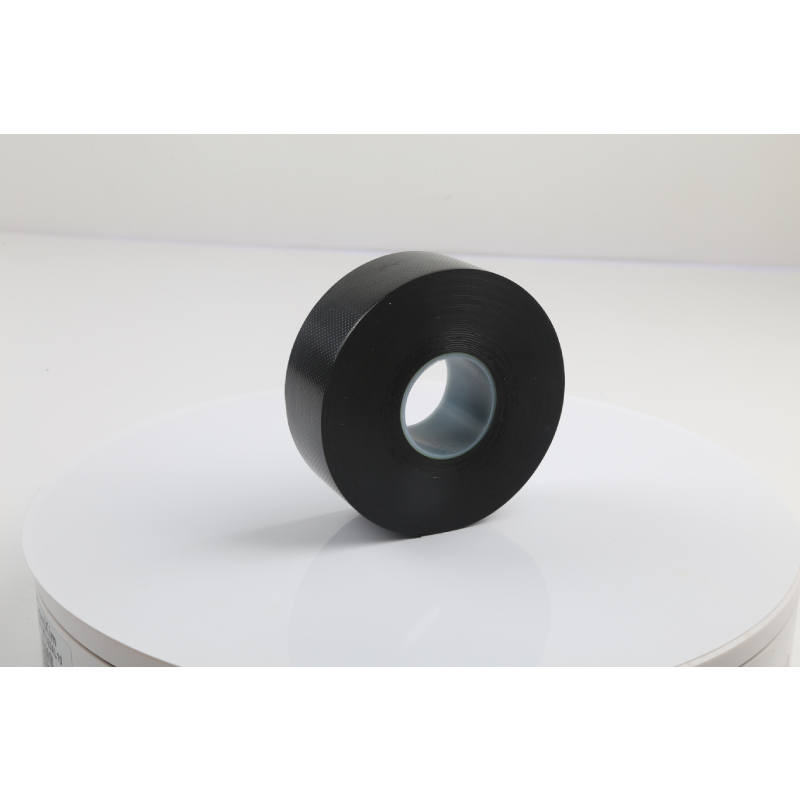Understanding Floor Tape Prices A Comprehensive Guide
When it comes to maintaining safety and order in various environments—be it warehouses, factories, schools, or even homes—floor tape has become an indispensable tool. The versatility of floor tape allows it to serve multiple purposes including marking pathways, designating safety zones, and creating visual guides for social distancing. However, with a wide array of options available in the market, understanding floor tape prices can be crucial for making informed purchasing decisions.
What Influences Floor Tape Prices?
Several factors influence the pricing of floor tape, and being aware of these can help you gauge what to expect when shopping.
1. Material Quality Floor tapes are made from different materials such as vinyl, PVC, and even cloth. Vinyl tapes tend to be more durable and weather-resistant, making them ideal for outdoor use, but they also come with a higher price tag. On the other hand, paper-based tapes might be cheaper but may not withstand heavy foot traffic or adverse conditions.
2. Size and Length The width and length of the tape significantly impact its cost. Standard rolls are typically about 2 inches wide and can range from 30 to 100 feet in length. Specialty tapes, such as those designed for specific safety applications, may be available in wider or longer options, often increasing the price.
3. Color and Design Floor tapes come in various colors and patterns, which serve both functional and aesthetic purposes. Bright colors are essential for visibility and safety, while designed tapes can enhance the visual appeal of a space. Custom designs can elevate the costs significantly, especially if specific branding or logos are involved.
4. Durability and Adhesive Strength Some floor tapes are designed to be temporary, while others are meant for long-term use. Tapes that can withstand extreme temperatures, heavy impacts, and abrasive surfaces usually fall on the higher end of the price spectrum due to their advanced adhesive technology and materials.
5. Supplier and Brand The reputation of the manufacturer can also affect the pricing. Established brands with a track record of quality and reliability often charge more, but the investment may pay off in terms of durability and effectiveness.
Average Floor Tape Prices
floor tape price

On average, standard floor tapes can range from $10 to $50 per roll, depending on the factors mentioned above. Basic vinyl floor tape, suitable for indoor use, may cost approximately $10 to $20, while high-quality, heavy-duty tapes designed for outdoor conditions can range from $25 to $50. If you are looking for custom designs or specific colors, prices can escalate to $100 or more for specialized orders.
Where to Buy Floor Tape
Floor tape is widely available across various retail channels. You can find it in local hardware stores, specialty safety supply shops, or online platforms like Amazon and manufacturer websites. Purchasing in bulk can also lead to cost savings, especially for businesses looking to implement widespread safety measures.
Tips for Choosing the Right Floor Tape
1. Assess Your Needs Identify the primary use of the tape. If it’s for high-traffic areas, prioritize durability and adhesion.
2. Consider the Environment Indoor and outdoor tapes have different requirements. Ensure you choose a product rated for your specific conditions.
3. Compare Brands and Prices Don’t settle for the first option you see. Compare various brands, materials, and prices to find the best value for your needs.
4. Read Reviews Customer feedback can provide insight into the performance and longevity of specific products, guiding you toward a smart purchase.
Conclusion
Understanding floor tape prices is essential in selecting the right product for your specific needs. By considering factors such as material, size, durability, and brand reputation, you can make an informed purchase that enhances safety and organization in your environment. Ultimately, while it may be tempting to choose the cheapest option, investing in quality floor tape can lead to long-term savings through durability and effectiveness.
-
XIANGFAN Rubber Tape-Ultimate Solutions for All Your Insulation NeedsNewsJun.24,2025
-
XIANGFAN Rubber Tape-Protection for Industrial and Residential ApplicationsNewsJun.24,2025
-
XIANGFAN Rubber Tape: Superior Safety and Sealing for Demanding EnvironmentsNewsJun.24,2025
-
XIANGFAN Rubber Tape: Reliable Solutions for Every Electrical ChallengeNewsJun.24,2025
-
XIANGFAN Electrical & Industrial Tape: Powering Reliability Across IndustriesNewsJun.24,2025
-
XIANGFAN Electrical & Industrial Tape: Excellence in Every ApplicationNewsJun.24,2025
